Gardens
Gardening and landscape design ideas to help you make the most of your outdoor living space.
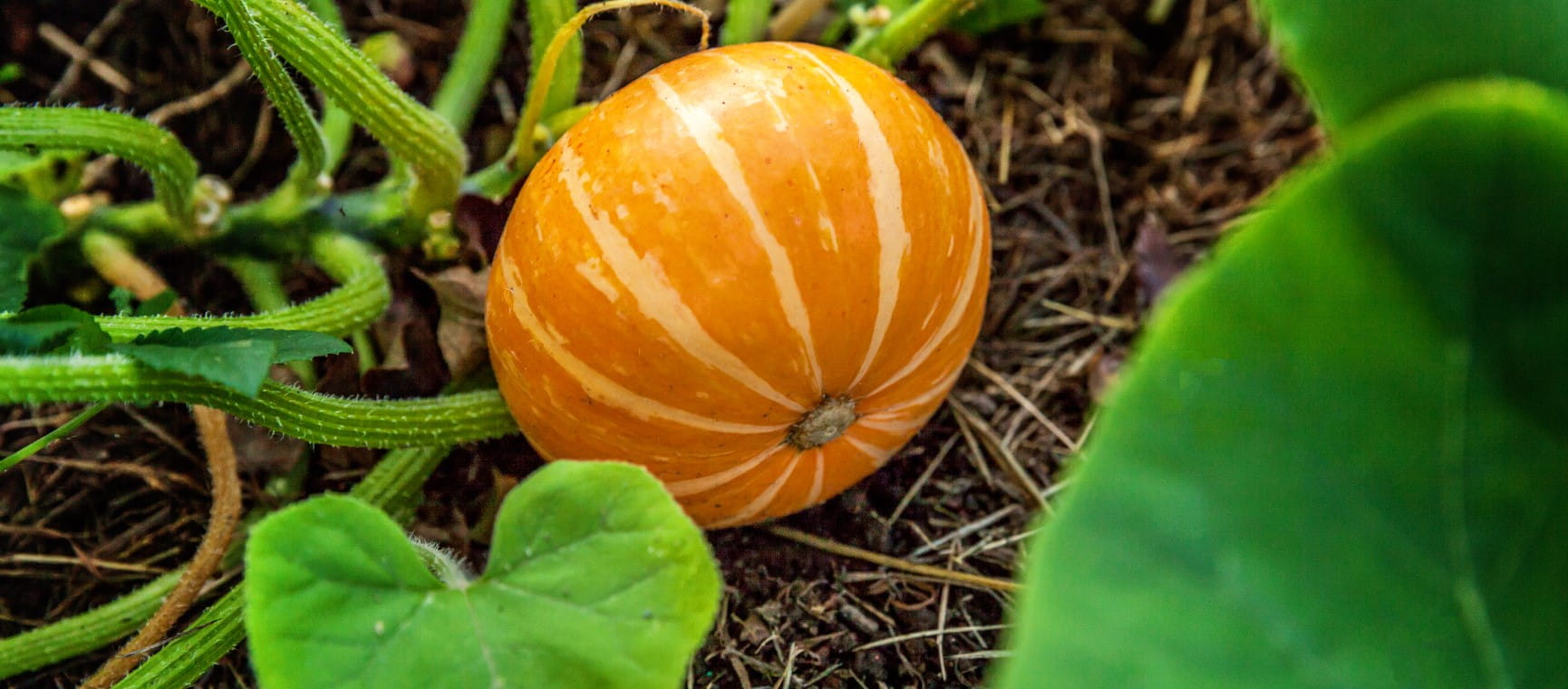
Gardening
Jobs for the garden in October
It’s time to harvest the last of summer before the clear-up begins – but don’t forget wildlife seeking hibernation spots.
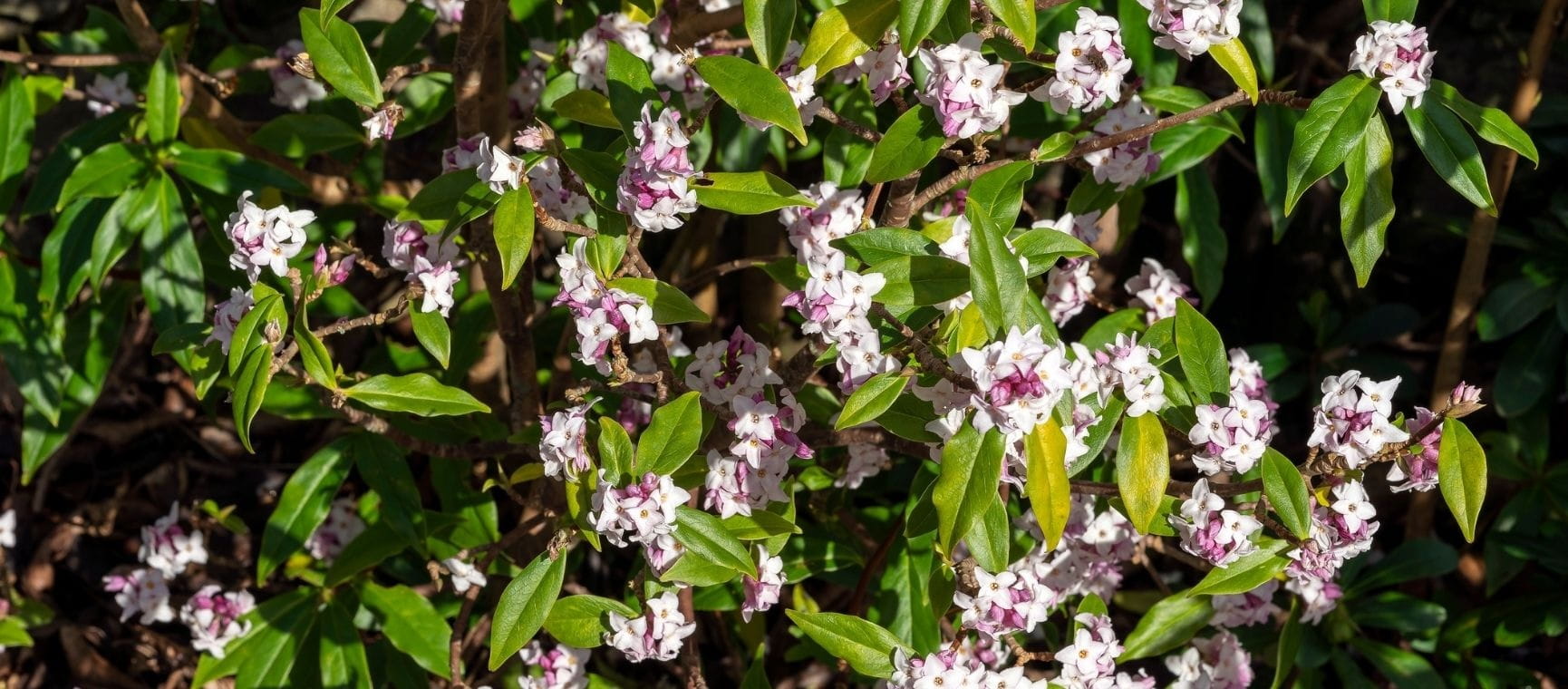
Gardening
The best year-round fragrant plants, shrubs and aromatic herbs
Bring the sweetest scents to your garden with our expert's choice of the best year-round fragrant plants and shrubs.

Gardening
Give your garden shed a winter tidy - 5 steps to clean and declutter
It's the perfect time to tidy and organise your shed, pots and tools ready for the year ahead.

Garden
Moving house - packing your garden plants could cause legal issues
Want to take plants with you when you move house? Legal experts reveal the costly mistake you could make and how to avoid it.
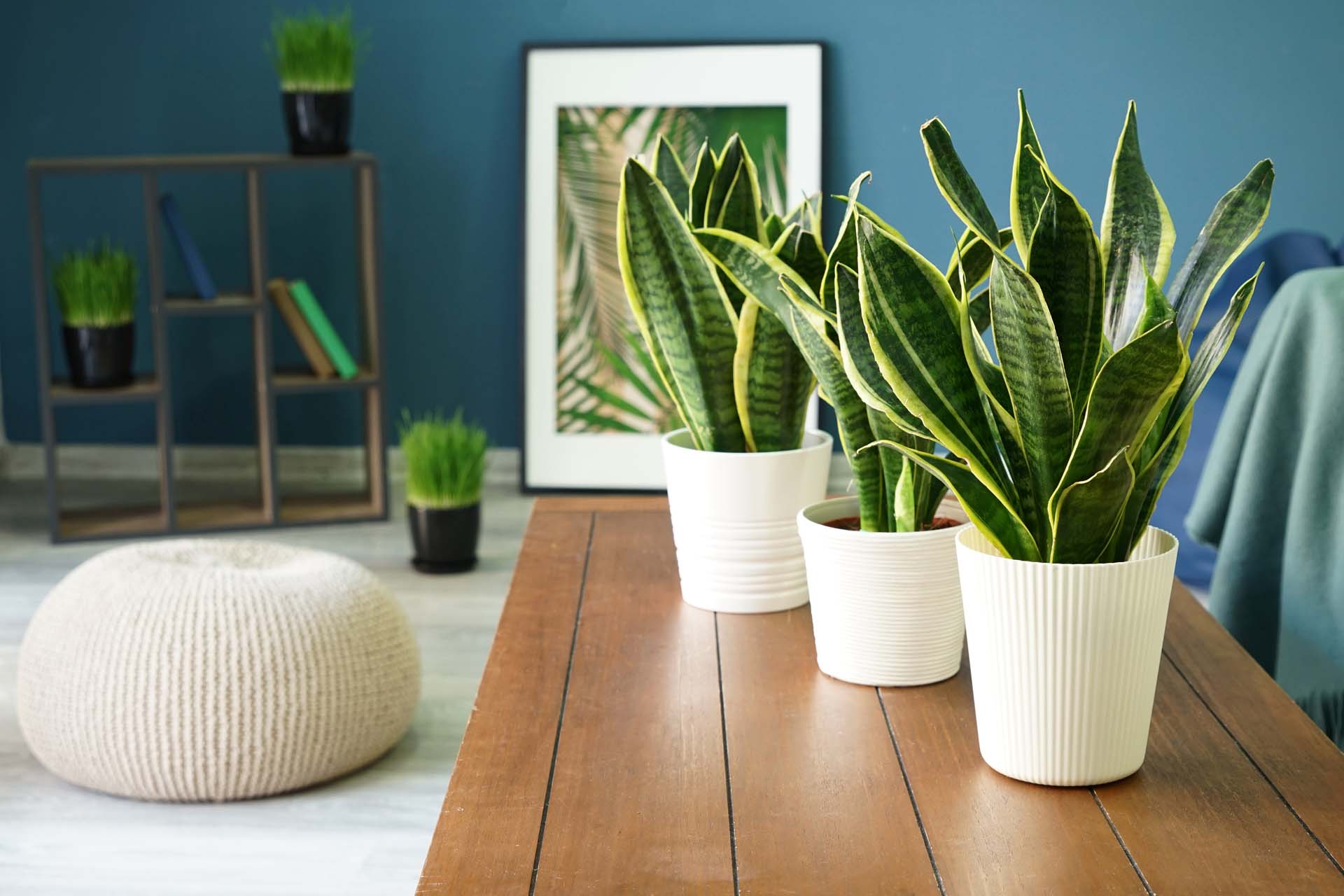
Cleaning
Worried about mildew? Try our top 5 plants for keeping mould at bay
Make your house cleaner and greener with these moisture-loving plants.

Gardens
Colourful winter bedding plant ideas
Nine of the best winter-flowering bedding plants to add colour and cheer to your garden.
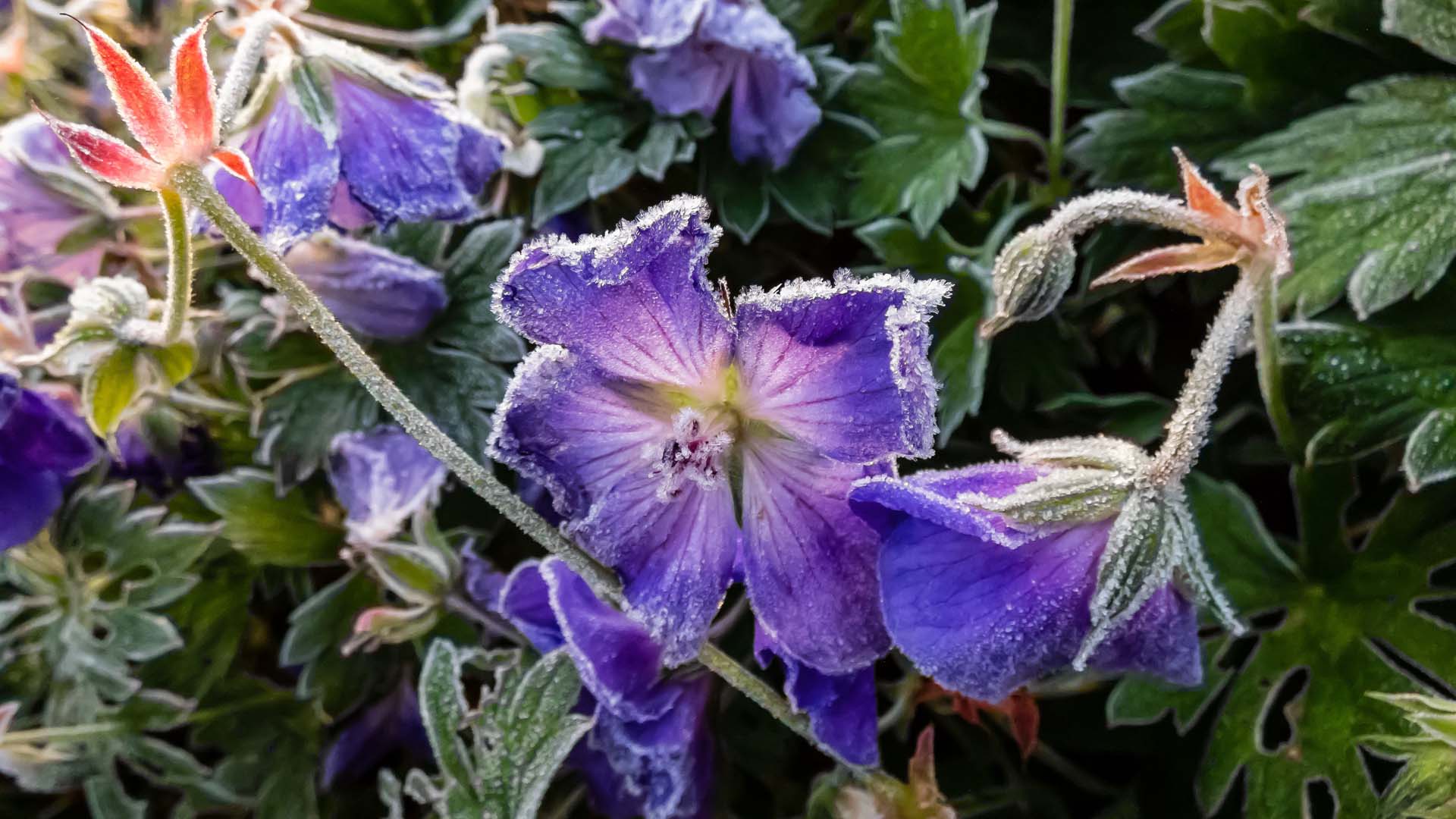
Gardening
How to overwinter geraniums – with tips from Monty Don
Expert tips on how to ensure your geraniums and pelargoniums return next year.

Gardening
Jobs for the garden in October
It’s time to harvest the last of summer before the clear-up begins – but don’t forget wildlife seeking hibernation spots.
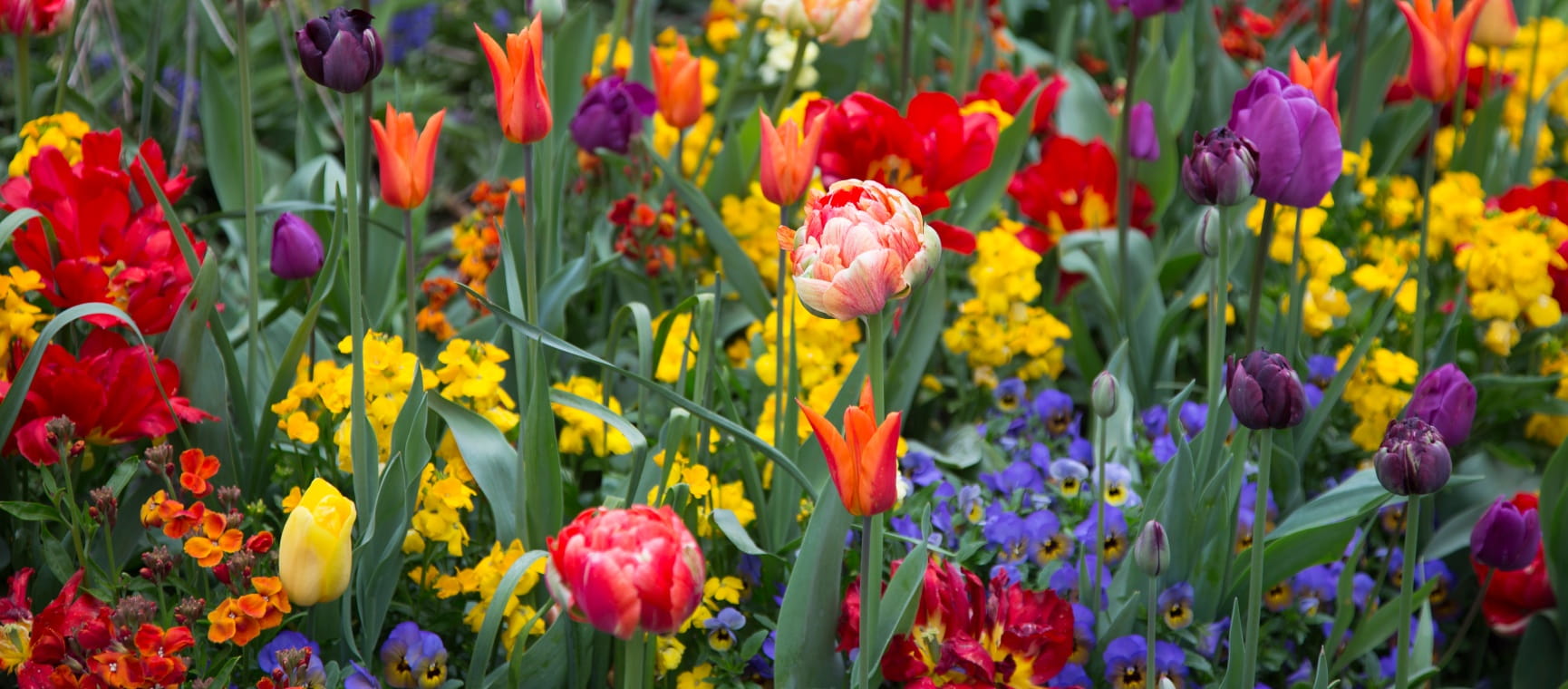
Gardening
How and when to plant bulbs for spring
We share our top tips on when and how to plant spring bulbs.
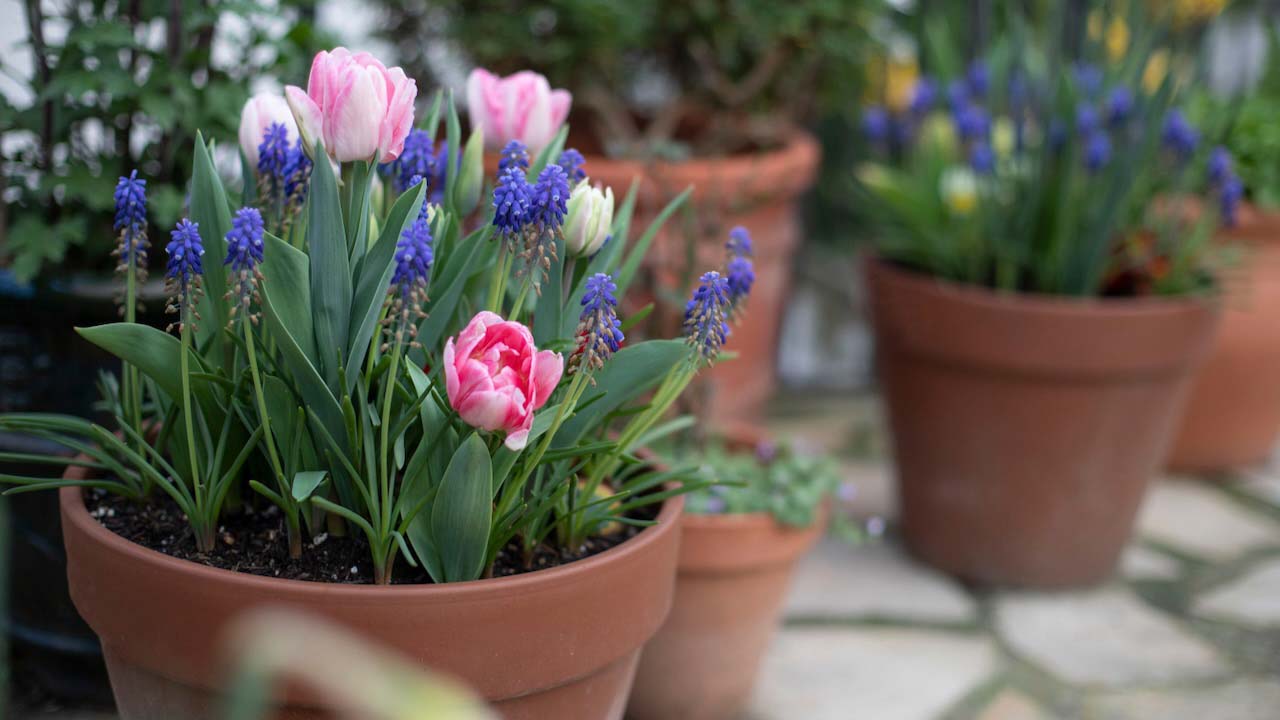
Small gardens
Monty Don's latest TV appearance reveals tips for planting spring bulbs
Now is the time for planting spring bulbs, and in a recent episode of Gardeners’ World, Monty Don provided some essential tips for growing them.
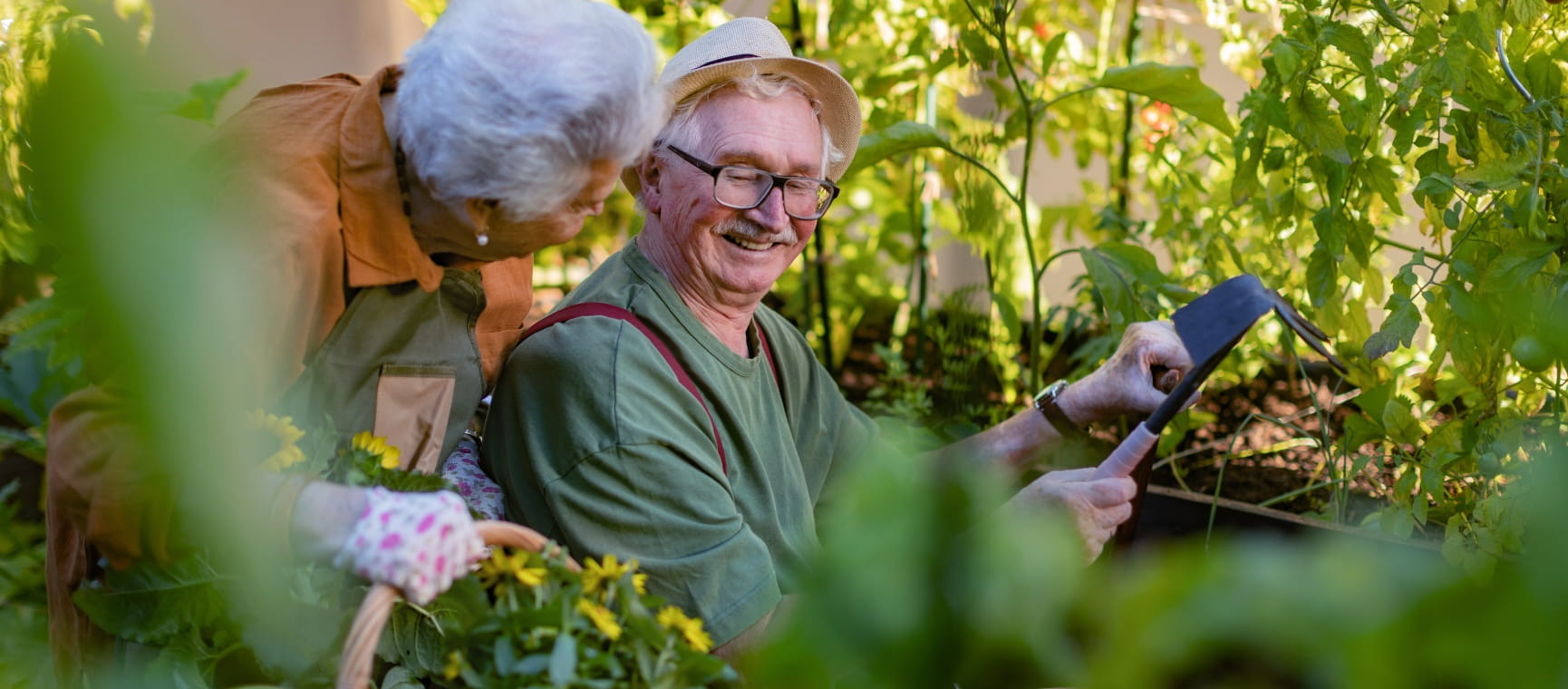
Gardening
How to keep gardening no matter what your age or mobility
Practical tips from an expert on how to make your garden more user-friendly and easier to maintain.
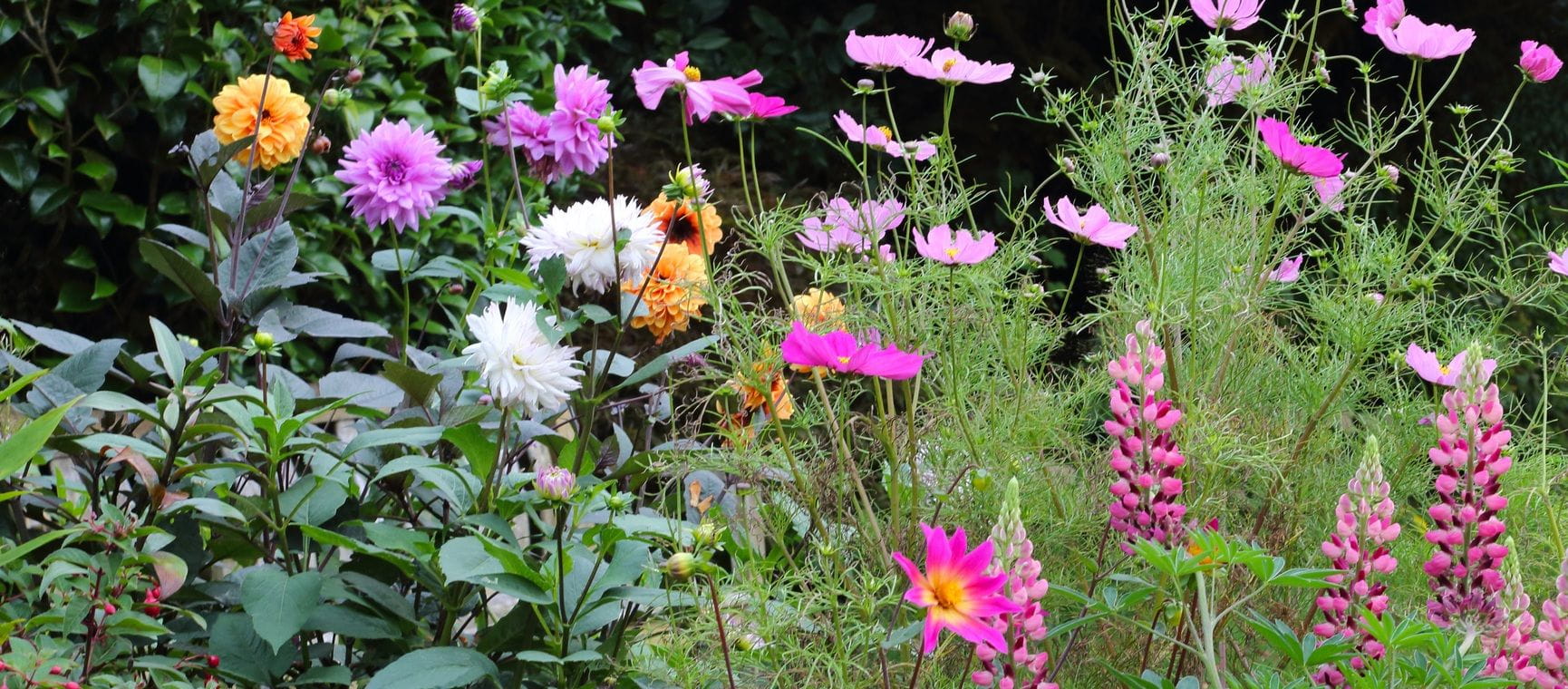
Gardening
Jobs to do in the garden in September
September is the perfect month to plan and plant for colour in the garden.
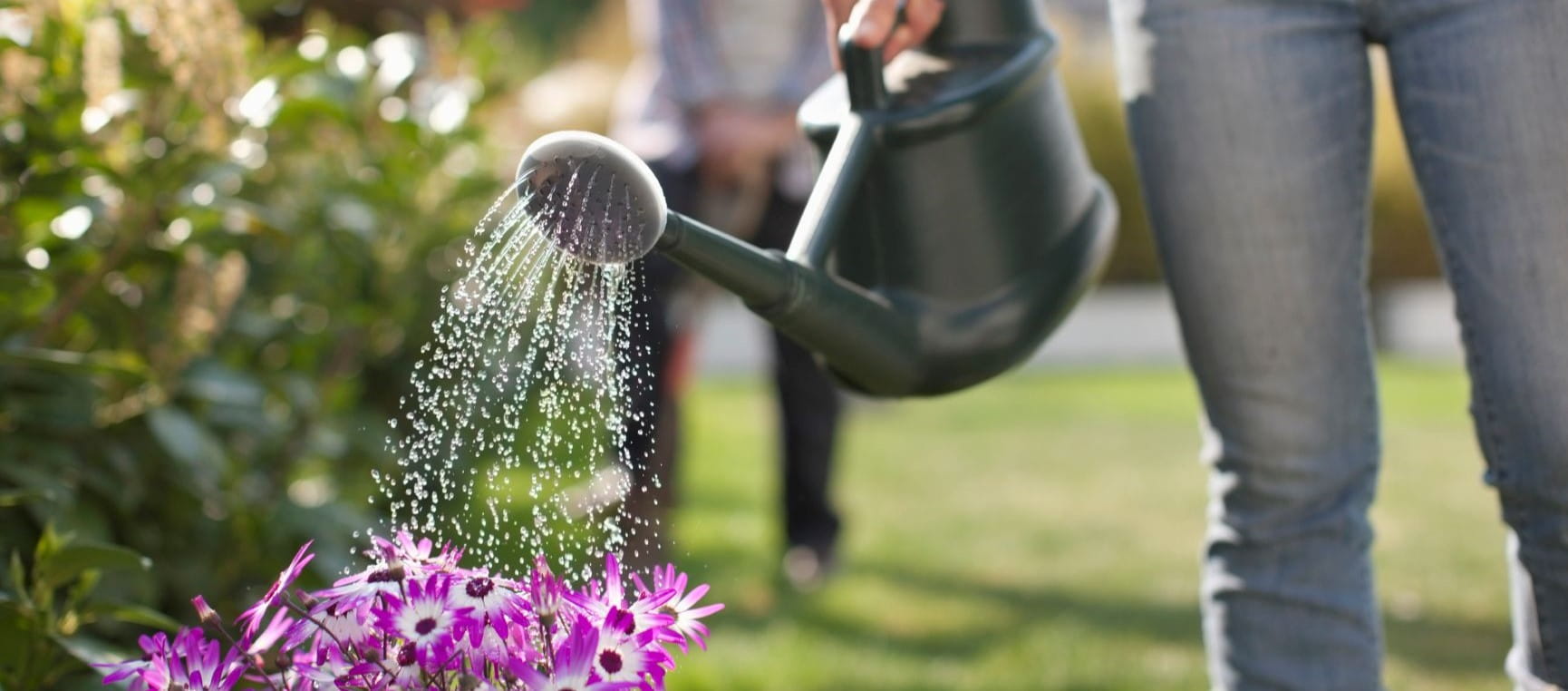
Gardens
Easy ways to save water in the garden and protect your plants
15 water-saving tips will help you conserve water in the garden and help keep your plants looking their best.
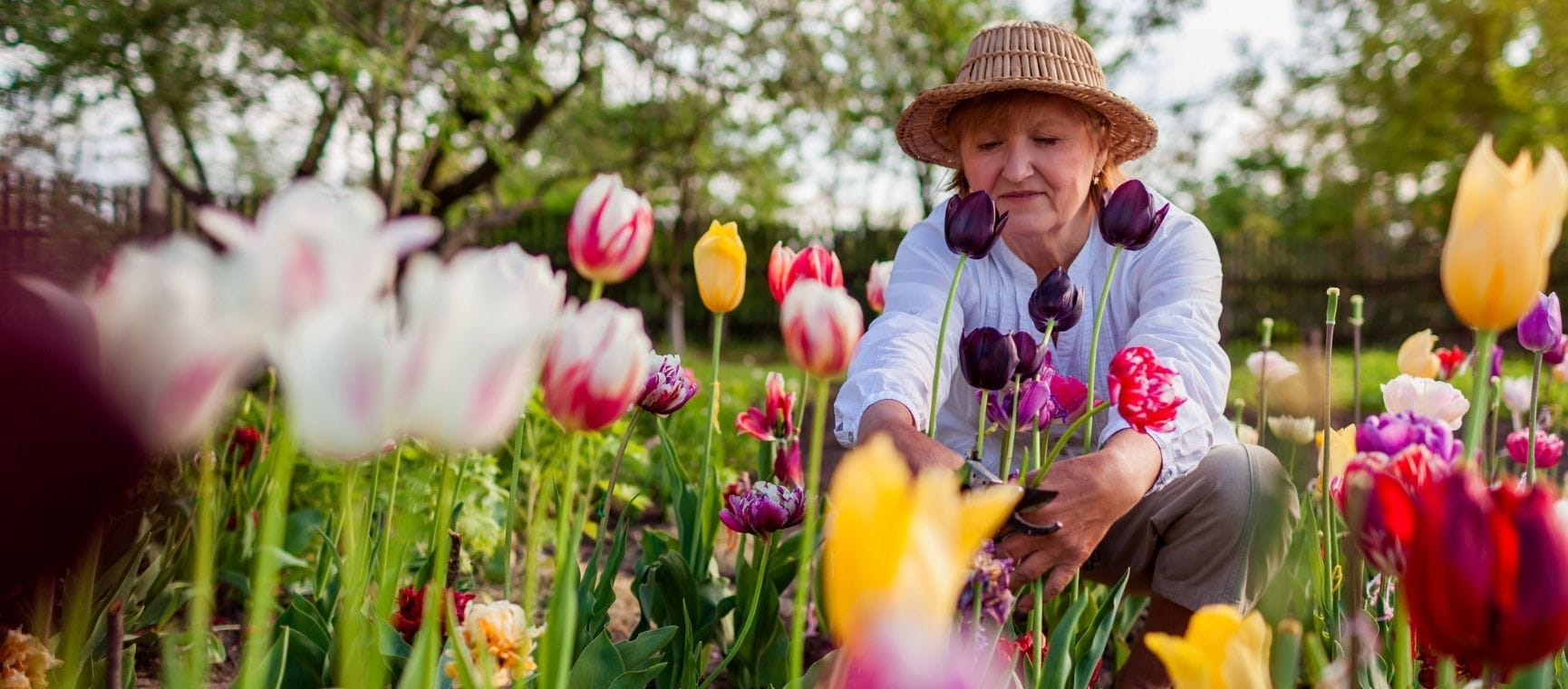
Garden advice
Jobs to do in the garden in April - 10 essential tasks to help you get ahead
Our comprehensive list of jobs to do in the garden in April covers everything from pest control and fertilising, to planting bare-root-roses.

Download the Saga Magazine App
Perfect for browsing at home or on the go, the Saga Magazine app is packed with exclusive digital only content including interactive puzzles and games. You can even listen to some articles with our new audio feature.
Play our free daily puzzles
Beat the boredom and exercise your mind with our selection of free puzzles.



